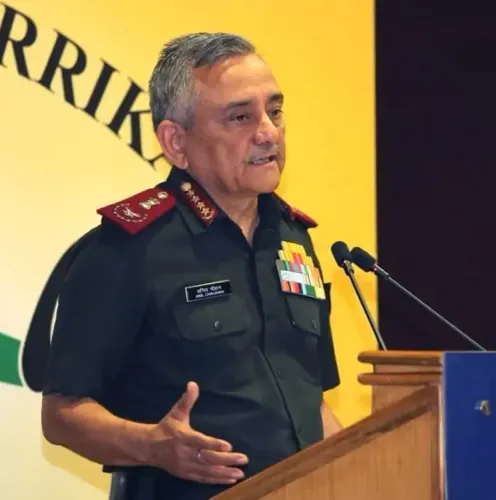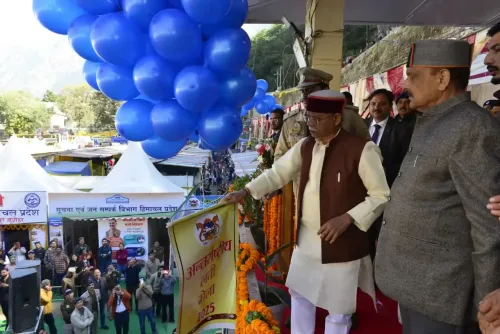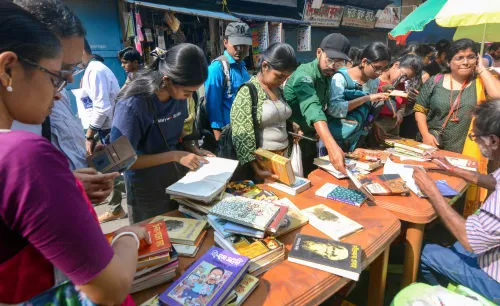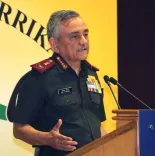What Will the Reports from Bihar's District Magistrates Reveal After the Mock Drill?
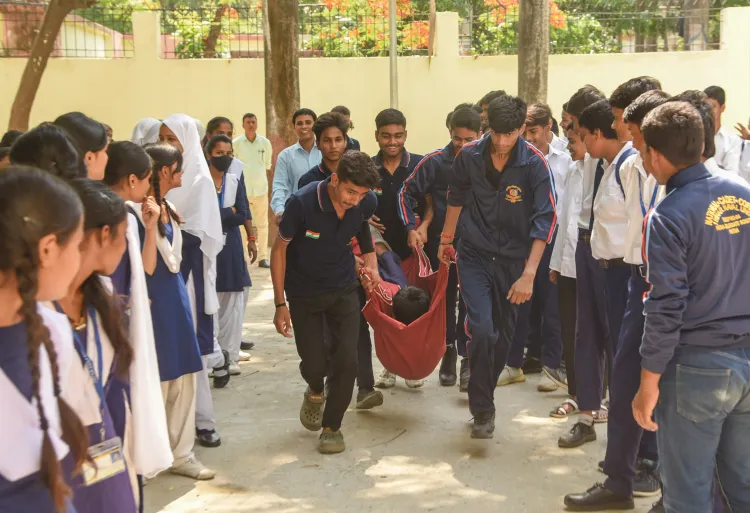
Synopsis
Key Takeaways
- Historic Evaluation: First comprehensive assessment in 54 years.
- Community Involvement: Integration of volunteers in emergency response.
- 12 Key Parameters: Focused reports to enhance disaster preparedness.
- Future Planning: Expansion of Civil Defence to rural areas.
- Realistic Simulation: Effective emergency response training through mock drills.
Patna, May 8 (NationPress) In the aftermath of a successful large-scale mock drill designed to simulate war-like emergencies across six districts in Bihar, District Magistrates (DMs) are now tasked with submitting detailed reports based on 12 essential parameters to the Directorate of Civil Defence.
An official from the Civil Defence confirmed that these reports are part of a larger government strategy aimed at evaluating the state's capability to respond to emergencies, including air strikes, bombings, missile attacks, and urban warfare scenarios.
"This evaluation marks the first comprehensive assessment of emergency preparedness in Bihar in 54 years," stated Amrit Lal Meena, Chief Secretary of Bihar.
"The insights gained from these reports will guide the government in enhancing disaster response strategies," Meena added.
The 12-point report will delve into various operational and strategic facets of the drill, such as the nature of the simulated attack—missile, bombing, or open-fire—along with the readiness of Civil Defence, Home Guards, and Fire Services. It will also evaluate the effectiveness of evacuation and emergency protocols, the level of inter-agency coordination, real-time communication, control room efficiency, volunteer preparedness, and other identified execution gaps.
These reports are anticipated to provide a district-specific overview of disaster management capabilities and assist in tailoring improvements to infrastructure, training, and security protocols.
The mock drill took place on Wednesday in seven cities across six districts: Patna, Purnea, Katihar, Kishanganj, Araria, and Begusarai.
A 10-minute blackout was implemented from 7:00 p.m. to 7:10 p.m., during which people voluntarily turned off vehicles and inverter lights, enhancing the realism of the emergency simulation.
Approximately 12,000 Civil Defence Corps volunteers took part, with cities divided into multiple operational sectors managed by local magistrates and civil defence officers. Live monitoring from district control rooms enabled real-time updates.
Currently, civil defence operations exist only in urban areas of the mentioned districts.
Recognizing the significance of community-level preparedness, "The government plans to extend Civil Defence Corps operations to rural regions and additional districts throughout Bihar," an official from the Directorate of Civil Defence reported.
Future mock drills are set to encompass more districts and subdivisions, ensuring that preparedness initiatives reach beyond urban centres.
This initiative signifies a transformative shift in Bihar's civil defence readiness, integrating community volunteers with administrative frameworks for a cohesive response to emergencies.

